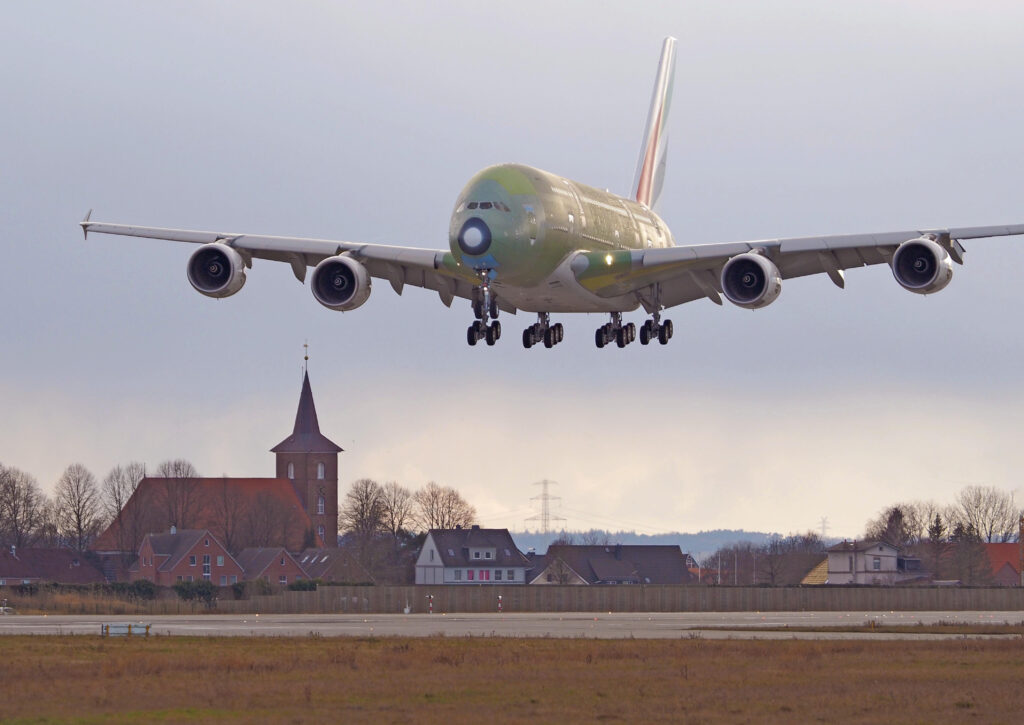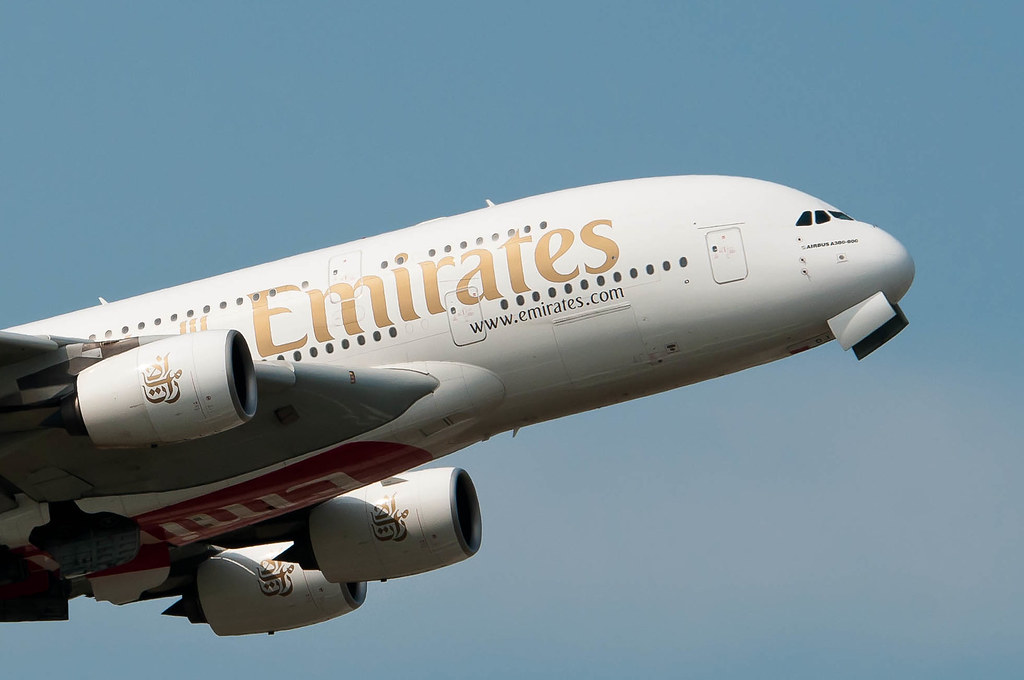COLOGNE- The European Union Aviation Safety Agency (EASA) has cautioned about potential deficiencies in the fuselage of specific Airbus A380 aircraft, posing a risk to the structural integrity of the fuselage.
On January 31, 2024, the regulator issued a final airworthiness directive (AD) providing instructions for operators to address this potentially unsafe condition.

EASA on A380 Fuselage Gaps
EASA determined that, during the assembly of certain Airbus A380 aircraft, the splicing installation in affected areas deviated from the manufacturer’s drawings.
Consequently, essential shims intended to minimize misalignment between upper and lower frames were either not installed or improperly positioned. This discrepancy implies that in particular fuselage frames, there is a potential gap or misplacement of shims between the lower frame and the splice.
The impacted sections involve the splicings of upper and lower frames (FR) 47 to FR53 inclusive, positioned between stringers (STGR) 38 and STGR39 on both the left-hand and right-hand sides of the central fuselage.
To address this safety concern, Airbus released Service Bulletin (SB) A380-53-8201 on October 31, 2023. Subsequently, EASA followed up with a proposed Airworthiness Directive (PAD) on December 20.
Failure to identify and rectify this condition could lead to the accumulation of stress in the junction of the affected frames, heightening the risk of fatigue, potentially resulting in compromised structural integrity of the center fuselage.

Carry out General Visual Inspection
To identify potential gaps, the regulatory authority has directed airlines to conduct a General Visual Inspection (GVI) in the affected area, following the guidelines provided by the aircraft manufacturer in the Service Bulletin (SB).
These GVIs must be completed before the airframe reaches 75,900 flight hours (FH) or 10,300 flight cycles (FC), whichever occurs first since the aircraft’s manufacturing date. EASA defines the manufacturing date as the moment when ownership is transferred to the first operator.
If, upon GVI, no shims are observed on any upper frame, airlines are required to perform a Detailed Visual Inspection (DVI) on each affected fuselage frame before the airframe’s subsequent flight.
Following a DVI, if any discrepancies are detected, operators or maintenance organizations should conduct a rototest of each affected fastener borehole and a High-Frequency Eddy Current (HFEC) inspection of each frame radius.
In the event that cracks are identified in the frame, airlines are advised to contact Airbus for repair instructions or consult the SB for crack repairs, considering the number of frames with cracks and the size of the crack(s).
Ultimately, operators are mandated to (re)install the removed, repaired, or newly assembled parts in accordance with the instructions outlined in the Airbus bulletin.

No Impact on Active A380s
Based on ch-aviation data, as of now, there are no active, stored, or under maintenance Airbus A380 aircraft that have reached or surpassed 75,900 flight hours (FHs) or 10,300 flight cycles (FCs).
The Qantas (QF) Airbus A380 with registration VH-OQB holds the highest number of FHs, standing at 56,203 as of October 31, 2023.
As for the highest FCs, two Emirates Airbus A380s, registered as A6-EDJ and A6-EDF, lead the count with 7,171 and 6,821 FCs, respectively, as of October 31.
Currently, both aircraft are inactive, with A6-EDJ not having flown since March 2020 and A6-EDF undertaking its first flight since March 2020 on December 30, 2023. The airline transported the aircraft from Dubai Al Maktoum International Airport (DWC) to Dubai International Airport (DXB).
Stay tuned with us. Further, follow us on social media for the latest updates.
Join us on Telegram Group for the Latest Aviation Updates. Subsequently, follow us on Google News.

